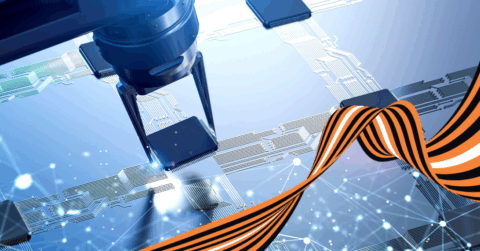
The technology vendor landscape of IoT edge analytics is heating up, with providers such as Cisco and IBM collaborating in an edge partnership, GE Digital’s Predix augmenting its edge capabilities, HPE boosting the capabilities of its Vertica portfolio, and PTC adding muscle to ThingWorx.
They and all the leading IoT analytics vendors, including AWS IoT, Microsoft IoT Suite for Azure, and SAP HANA Cloud IoT Service, are adding or enhancing their edge analytics capabilities, as there is a growing realization that cloud-centered analytics may not be able to deliver the necessary run time “action” expected of the IoT.
At the same time, the market realizes that edge analytics does not add meaningful value in terms of detailed insights into a system, and is generally suitable for small-sized projects. Moreover, many enterprises believe that though edge analytics reduces the entry barrier to the IoT, it does not provide meaningful value if not enhanced with a cloud-based data crunching system.
Enterprises that deal with a very large set of IoT data will normally have requirements for both real-time analytics and detailed insights. Thus, they may consider splitting their analytics lifecycle into two parts, running analytics models on the edge and performing detailed IoT analytics and model development in a cloud. However, this is easier said than done, and will require creative thinking from the architects, application developers, and device makers. It will also require enterprises to have different efficacy models for edge analytics and cloud-based analytics. For edge analytics, it’s about driving real time decisions or device-specific analysis, while cloud-based analytics is most suitable for fundamentally enhancing the IoT value chain.
IoT architects understand the underlying limitations they will face to run analytics on edge devices (e.g., memory, capacity, and power consumption), yet they are being pushed by the business to be as close to the data as possible. Smart architects will quickly realize that crunching data at the edge can be counterproductive, expensive, and many times just impossible. They can smartly address business requirements by delivering a “centralized + edge” analytics scenario. They should also segregate analytics operations and execution, and creatively deploy these at the edge or in the cloud as needed.
However, with all this confusion running amok, enterprises are finding the IoT landscape technologically overwhelming. Everest Group’s digital research suggests that though ~50 percent of global enterprises have piloted some type of IoT projects, less than 20 percent consider IoT to be in their top three investment priorities. The key reason is that enterprises are unable to accept that they are ready for the IoT, and thus continue to be fence sitters. While there are headline-grabbing case studies, especially in the industrial IoT space, most enterprises are still figuring out the IoT jigsaw puzzle.
Technology vendors, system integrators, and other market participants need to play a constructive role in shaping the IoT, a once-in-a-generation opportunity, into reality. It will be a great pity if they continue to focus on a short-term agenda of selling new technologies to enterprises, rather than meaningfully helping them deploy IoT solutions in their business.
Enterprises will have to be cautious in creating the most suitable IoT architecture for each project. Beyond the technical feasibility, they will be well-served by understanding the vast landscape of IoT technology, and getting a good grasp on the leading IoT technology vendors’ offerings.










